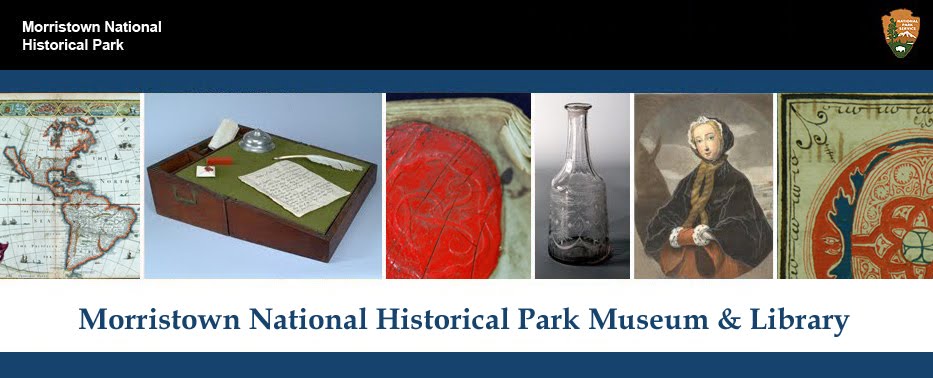Review Step One: Observation <<<
Review Step Two: Interrogation <<<
Once a document has been thoroughly interrogated, you can move on to the interpretation and research stages of document analysis. These two stages go hand in hand as they build upon one another. As you critique your evidence, you will find more directions to take your research and the more you research the more evidence you will find.
Historical interpretation, however, is not always an easy or straight-forward task. As Victoria Bissell Brown and Timothy Shannon point out in "Principles for Interpretation," as you begin interpreting sources it is important to remember:
• Sources are incomplete. You will never have all the
sources for any single moment, and no single source can tell the whole story.
• Sources have limits to what they can tell
you. You must consider what you can and cannot logically conclude from a
source.
• Sources have biases which must be accounted
for. Do not dismiss the source’s bias or adopt it in your interpretation.
Instead, identify the bias and use it as evidence of one viewpoint.
• Sources can conflict. Never hide or
dismiss sources that complicate or contradict your interpretation. Either
revise your interpretation or explain why conflicting evidence does not alter
your interpretation.
 |
| LWS 4031 |
Scholarly interpretation of primary sources, based on evidence and inquiry, is the foundation of good historical research. As scholars evaluate evidence, make generalizations, and synthesize numerous recources, they begin forming conclusions. These conclusions may culminate in the creation of a secondary source, such as an article, commentary, or book. Many of the history textbooks you read in school examine numerous primary sources and offer broad interpretations of historical events.
Now that we have practiced observation and interrogation, review manuscript
LWS 4031 again and prepare your own interpretation.
Q. What recources, primary and secondary, will you utilize? How will you determine which sources are credible?
Now that we have practiced observation and interrogation, review manuscript
LWS 4031 again and prepare your own interpretation.
Q. What recources, primary and secondary, will you utilize? How will you determine which sources are credible?
Sources Used:
Examination of John Morrison, July 28, 1800, [Morrison, John. Recorded by John Battoone, Joseph March, and Andrew Bell], LWS 4031-1, box 249, Morristown National Historical Park, Morristown, New Jersey.
Brown, Victoria Bissell“ and Timothy J. Shannon. “Principles
for Interpretation” Going to the Source: The Bedford Reader In American
History. Vol 1: To 1877. Second Edition. Front Matter. New York:
Bedford/St. Martin’s. 2008.


No comments:
Post a Comment